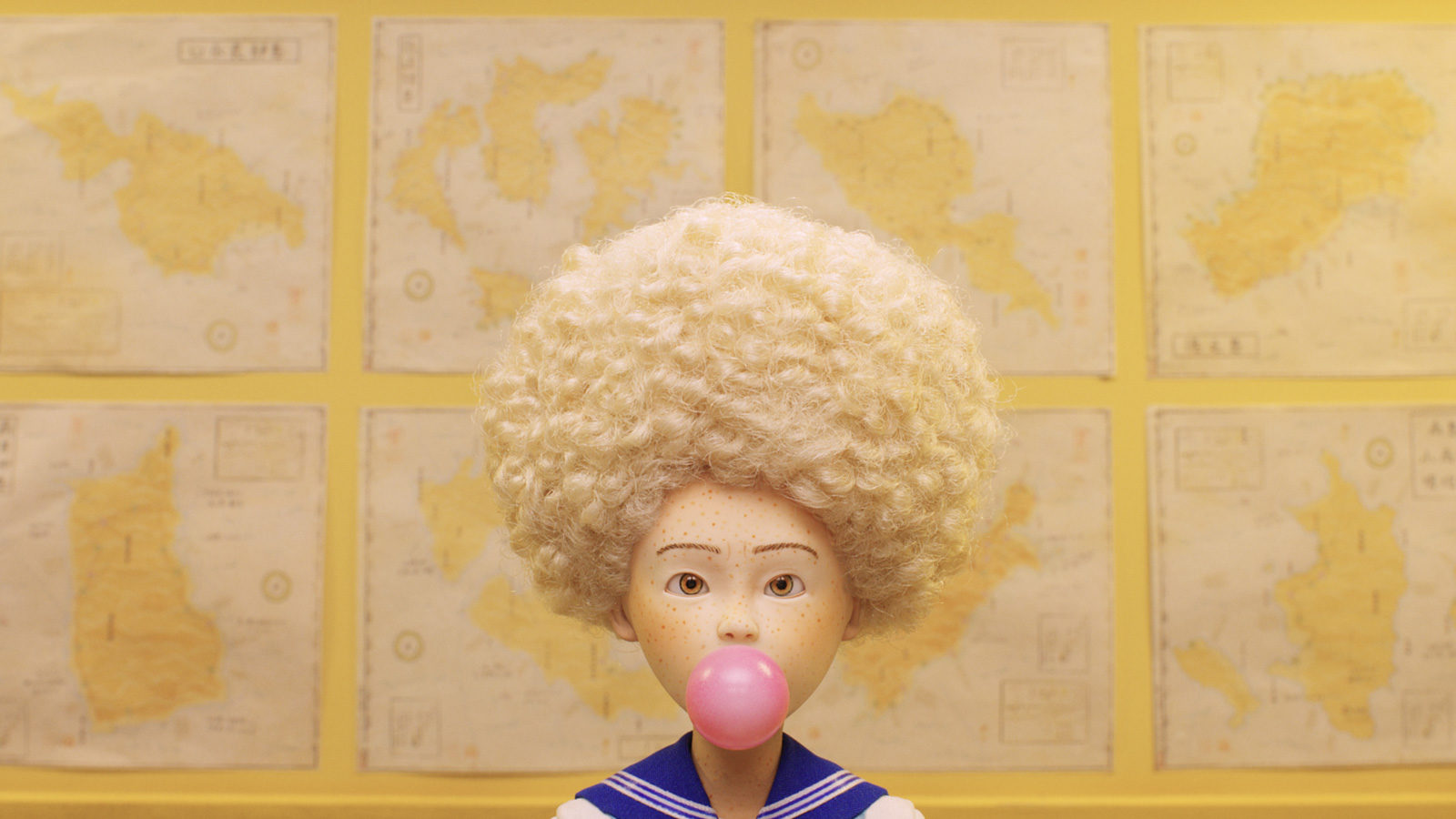Wes Anderson’s films are pastel-hued crowd pleasers, starring the kitsch kind of cultish and adorable actors we fall hard for. Whether he’s treating us to the cupcake frosting world of The Grand Budapest Hotel or telling nostalgic, summer camp love stories in Moonrise Kingdom, we know him as the plucky cool dad of American indie cinema, and he has a whole generation of hip filmgoers eating out of the palm of his hand.
His latest outing, the animated canine caper Isle of Dogs has been picking up positive reviews by the bucketload since it bowed at the Berlin Film Festival back in February. But, as American audiences gear up for its release this weekend, one critic has pointed out something others failed to properly address: the problematic way it portrays Japanese culture.
Set in a dystopian future where a canine flu has caused the world’s dog population to be quarantined on Trash Island, a wasteland off the Japanese coast, Isle of Dogs tells the story of a plucky young lad who ventures on to it in a desperate attempt to find his beloved pup, Spot. There, he runs into a gang of pooches, played (of course) by Bill Murray, Edward Norton and Jeff Goldblum, who help him on his quest.
The backlash began when the LA Times published their review from critic Justin Chang yesterday. While he praised Anderson’s wild imagination and unwaveringly good eye for Japanese art references (apparently his nods to artists like Hokusai and the director Akira Kurosawa are on the money), he questioned whether or not Anderson’s vision of this dystopian Japan was “a sincere act of homage, or a clueless failure of sensitivity”.
There were a few key issues that Chang picked up on, but the most flagrantly obvious shortcoming was the way in which the film’s human characters speak in Japanese with no English subtitles; Frances McDormand’s character chimes in every so often as an on-screen translator to unpack the more pivotal pieces of dialogue. As a result, they might be seen as caricatures of their culture, or — as Justin puts it — ”foreigners in their own city”. Not only that, but the vast majority of the cast in this film set in East Asia are Wes Anderson’s staple white, American stars that stick to their native accents. Add in the fact that the story’s saviour seems to be an American foreign exchange student, and you have plenty to ruminate over.
It’s also hard to ignore the fact that most of the other, primarily white critics decided to credit Anderson for his careful handling of the film’s Japanese setting and characters, rather than question whether his treatment was as respectful as it should’ve been. According to The Guardian’s review — that praises Wes’ East Asian references — translating the Japanese character’s lines into English would’ve “[catered] too obviously to the western audience” — when in reality, including them in the film’s conversation would’ve given their words weight.
Anderson is a maker of fantasy, and the easiest way for most people to dismiss his mishaps is to remember that he creates worlds that exist on the outskirts of reality. We’ve never taken anything that he’s given us all that seriously – but that doesn’t mean that he has a serious influence on the way audiences see the cultures he’s depicting.
But while some die-hard Wes fans might dismiss things like his dodgy vision of Japan as nit-picking, it’s important for film directors — particularly those that benefit from endless amounts of social and professional privilege — to understand that we can’t let cultural appropriation fly these days. These seemingly little things add up to something greater, and in future, we’ll get to enjoy a diverse movie landscape that gives all cultures the credit and voice they deserve.
